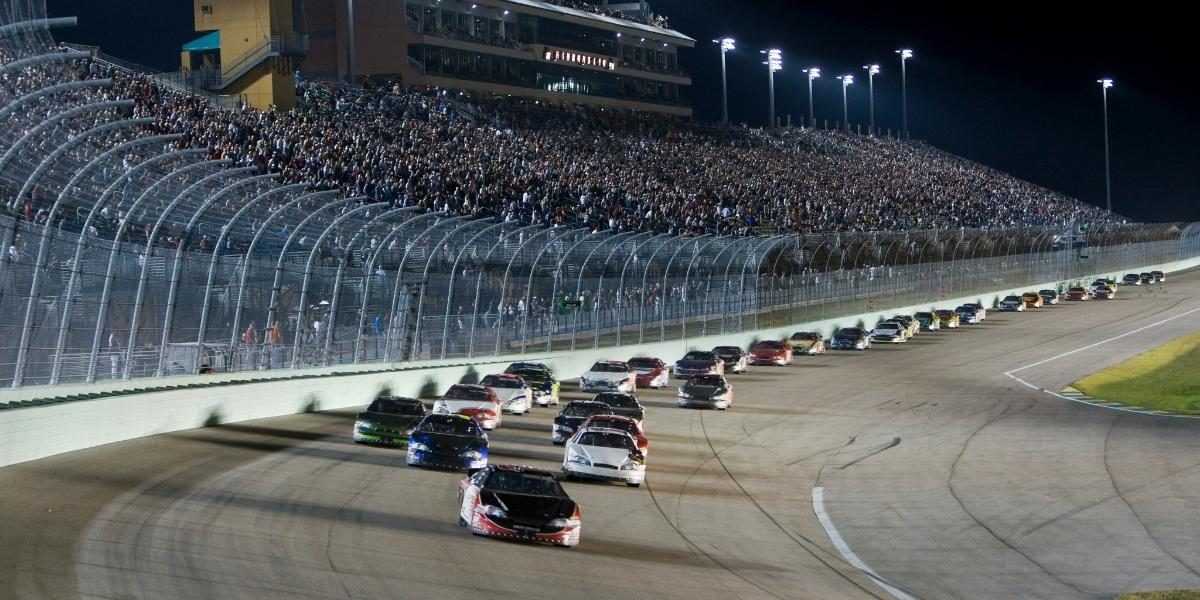What Is Formula 1 Racing?
Formula 1 (F1) racing represents the highest level of motorsport, where cutting-edge technology, exceptional driver skills, and strategic team management come together in high-speed competition. F1 features open-wheeled, single-seater cars designed for speed, precision, and agility on some of the world’s most challenging circuits. These cars are equipped with advanced aerodynamics, hybrid powertrains, and state-of-the-art materials, making them the pinnacle of automotive engineering.
F1 races take place on both purpose-built tracks and temporary street circuits in iconic locations around the world. From the fast, sweeping corners of the Circuit de Monaco to the challenging turns of Silverstone, each race tests the limits of both the drivers and their machines. The sport’s allure lies in its intense competition, with the roar of the engines and the breathtaking speed captivating millions of fans worldwide.
Read Also: Stay Hydrated: Electrolytes and Performance Explained
How Do Formula 1 Races Work?
A typical Formula 1 race is structured in several phases, beginning with practice sessions and culminating in the highly anticipated Grand Prix race. Over a weekend, teams and drivers participate in three practice sessions, during which they fine-tune the cars and gather crucial data to prepare for the race. The qualifying session determines the starting positions for the race, with the fastest driver securing the pole position.
On race day, the drivers compete over a set number of laps, depending on the length of the circuit, with the objective of crossing the finish line first. The race is highly dynamic, with pit stops for tire changes, fuel adjustments, and minor repairs playing a crucial role in determining the outcome. The driver who finishes first, after completing all laps and meeting the race conditions, is crowned the winner of the Grand Prix.
Strategic decisions, such as when to pit and which tires to use, can often determine the winner, making Formula 1 a game of both skill and strategy. Additionally, teams work tirelessly throughout the season to develop their cars, pushing the boundaries of technology and innovation.
What Makes Formula 1 a Global Spectacle?
Formula 1 is a truly global sport, captivating audiences from all corners of the world. The sport’s appeal transcends borders, with each race showcasing diverse cultures and iconic backdrops. The Formula 1 calendar includes races on every continent, with notable locations including the glamorous Monaco Grand Prix, the historic Italian Grand Prix at Monza, and the high-speed Azerbaijan Grand Prix in Baku.
The sport is also known for its prestige and luxury, often held in locations that are synonymous with glamour and wealth. Cities like Singapore, Abu Dhabi, and Las Vegas provide a dazzling backdrop for the races, adding to the allure of the sport. The combination of high-octane racing, luxury hospitality, and international appeal makes Formula 1 one of the most exciting and glamorous events on the global sporting calendar.
Formula 1 also benefits from its strong media presence, with races broadcast worldwide to millions of viewers. The sport is powered by sponsorship deals, partnerships, and brand affiliations with some of the biggest names in business, contributing to its status as one of the most lucrative sports in the world.
How Does Team Strategy Affect Formula 1?
In Formula 1, success is not determined by the driver alone; it is a collaborative effort between the driver, the engineers, the mechanics, and the team strategist. Each team is made up of a mix of specialists, including aerodynamicists, data analysts, tire experts, and pit crew members, all working together to extract the maximum performance from the car.
Team strategy plays a pivotal role in determining the outcome of races. One of the most crucial decisions is when to make pit stops and which tire compounds to use. For instance, the decision to use soft tires for maximum speed or hard tires for durability can significantly impact a driver’s performance during a race. Teams also use data analytics to monitor tire wear, fuel levels, and engine performance, making real-time decisions that can mean the difference between victory and defeat.
In addition to pit stops, teams also have to manage their driver’s physical and mental state throughout the race. A driver’s ability to stay focused under pressure, avoid mistakes, and maintain the car’s performance is key to finishing in a strong position.
What Are the Major Formula 1 Races and Events?
Formula 1’s Grand Prix races are held at various locations throughout the year, each with its unique characteristics. While each race is part of the overall championship, some are more famous than others due to their history, prestige, and the challenges they present to drivers. Here are a few of the most iconic races:
-
Monaco Grand Prix: Held in the streets of Monte Carlo, this is one of the most prestigious races on the calendar. Its narrow, winding roads make it one of the most challenging races for drivers.
-
Italian Grand Prix (Monza): Known for its high-speed straights and passionate fans, Monza is one of the oldest and most revered tracks in Formula 1.
-
British Grand Prix (Silverstone): The birthplace of Formula 1 racing, Silverstone is a track known for its high-speed corners and challenging conditions.
-
Singapore Grand Prix: Famous for being the only night race in Formula 1, the Singapore Grand Prix combines stunning visuals with a demanding track layout.
-
Las Vegas Grand Prix: Announced for a return in November 2025, this event promises to bring the thrill of Formula 1 racing to the iconic Las Vegas Strip. The race will offer a unique spectacle, featuring high-speed action against the glittering backdrop of the city’s world-renowned nightlife and entertainment scene.
The Future of Formula 1 Racing
Formula 1 is constantly evolving, not just in terms of the technology behind the cars but also in terms of the sport’s sustainability and global reach. Efforts are underway to make the sport more environmentally sustainable, with initiatives aimed at reducing carbon emissions and increasing the use of sustainable fuels. The introduction of hybrid powertrains in recent years represents a step in this direction, reducing the environmental footprint of the cars without compromising performance.
Looking ahead, Formula 1 will continue to focus on innovation, particularly in areas like data analytics, aerodynamics, and driver safety. The sport’s commitment to technological advancement ensures that Formula 1 will remain at the cutting edge of motorsport for years to come, attracting fans and sponsors alike.
Read Also: Unlocking Athletic Excellence: The Vital Role of Sports Psychology
Formula 1’s Enduring Appeal
Formula 1 racing is more than just a sport; it’s an international spectacle that combines speed, skill, strategy, and cutting-edge technology. From the roar of the engines to the dazzling circuits around the world, F1 offers a thrilling experience for fans and participants alike. As the sport continues to evolve, the upcoming Formula 1 Las Vegas Grand Prix in 2025 and the many other legendary races around the world will only continue to fuel the passion of motorsport enthusiasts.








